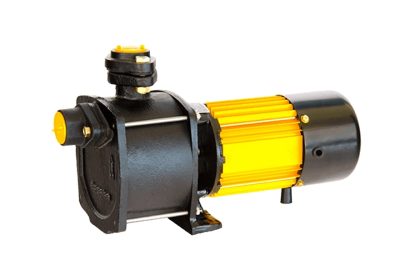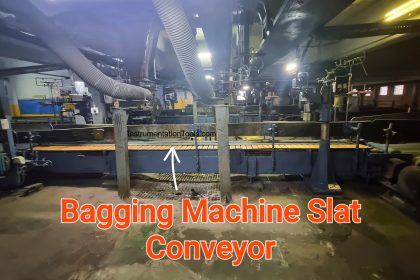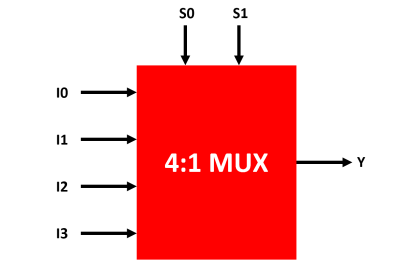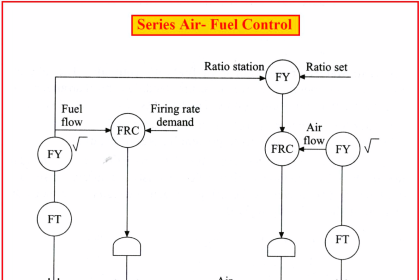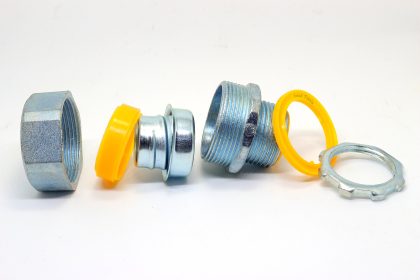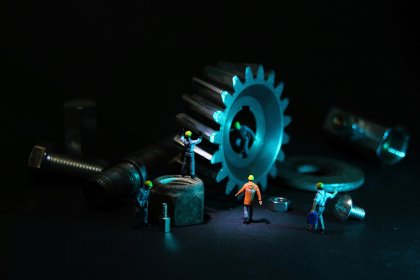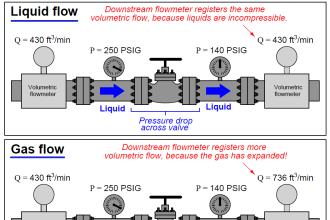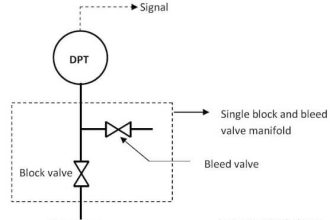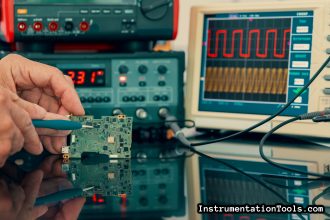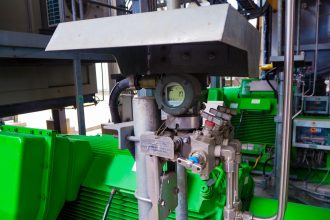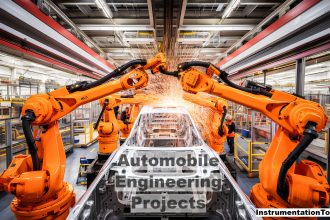In this post, we will learn the concept of IO-Link in smart manufacturing.
Four Generations of Automation
Currently, in industrial automation, the fourth generation of technology is evolving and being used. There are four generations of automation.

The first revolution (1.0) dealt with shifting work from manual labor to systems working by steam-powered or water-powered engines and other machine tools.
The second revolution (2.0) involved the use of steel and electricity in industries. Due to electrification, a huge amount of efficiency was increased and systems became more reliable. During this phase, production in assembly lines was started.
In the third revolution (3.0), the use of computers, PLCs, robotics, digital automation, and networks played a bigger role in increasing and controlling production to a great extent.
Now, the fourth revolution (4.0) has taken the third generation to a new level through the use of IoT (Internet of Things), cyber security, real-time data access, large and smarter network connectivity, open-source coding between all the manufacturers, cloud computing, and better collaboration.
In Industry 4.0, there are many technologies that help in smart coding and manufacturing. One thing in that is the IO link.
IO link is a standardized IO technology that helps in communicating with sensors and actuators with the PLC or other controllers in a fast, easy, and data-driven way. It is a point-to-point industrial networking protocol that provides a vast variety of data from sensors and actuators.
In this post, we will see the concept of the IO link in Industry 4.0 (smart manufacturing).
What is IO-Link?
IO link is an interface solution that communicates a wide variety of data with respect to the sensors and actuators.
For example, a normal sensor will either give you simple digital output or analog output.
But, the sensors or actuators with IO link protocol support provide other data apart from just signals. So, IO link is a point-to-point protocol that provides other information like the basic setup of the device, longevity prediction, effective operation/maintenance, diagnosis, and status information.
Just like the HART protocol, here too you can configure the device directly from PLC or a controller, and enable fast replacement settings. This easily increases the efficiency of automation, reduces downtime, and helps in decreasing maintenance activities.
One thing to note is that there are no extra cables for this data communication. The 3-wire cables used in sensors are used for IO link protocol; the same way as the HART protocol.
Types of Data Communicated in IO-Link
The following are the different types of data that are communicated in IO-link.
- Service Data – SPDU (service protocol data unit), which is the same as SDO in Can-Open protocol; provides the user with all the basic information of sensor/actuator, initial start-up values, version of the device, serial number of the device, and initial configuration.
- Process Data – It is the actual data information (like raw counts or current value) from the sensor/actuator; in the same way as PDO in the Can-Open protocol.
- Event Data – Events that occur too rarely to be included in the process data, but should be reported without waiting for an SPDU to be queried can be delivered using IO-Link’s event facility. This allows standard or vendor-specific information about any alarms or informational messages to be delivered as they are encountered.
How does IO-Link Work?
IO-Link technology works on the master-slave protocol. Basically, an IO-Link Master device (usually of 8 ports) connects various slave devices (with IO-Link compatibility) to the PLC through a standard 3-wire connection and using M5, M8, or M12 ports.
The master can process digital as well as analog signals at a time and provides this data communication of sensors and actuators to the PLC.
The communication is fast (between 400 microseconds to 2 milliseconds). The data transfer is bidirectional and has serial point-to-point connectivity for signal and power.
One thing to remember is that a maximum of 20 m. the connection can be used for a device. The master can communicate with the PLC through Modbus, Profinet, Ethernet IP, and other standard protocols.
It helps simplify the maintenance process in a huge way; because, if suppose your sensor fails, and as the IO-Link protocol provides all the device information, the master device will transfer this sensor failure alarm to the PLC. The operator will come and rectify the issue accordingly.
It is to be noted that nowadays, a wide variety of sensors like ultrasonic sensors, pressure transducers, photoelectric sensors, proximity sensors, RFID, positioning systems, etc. use IO link protocol embedded in it. It has been designed keeping the fourth industrial revolution in mind.
In this way, we understand the concept of the IO link in smart manufacturing.
